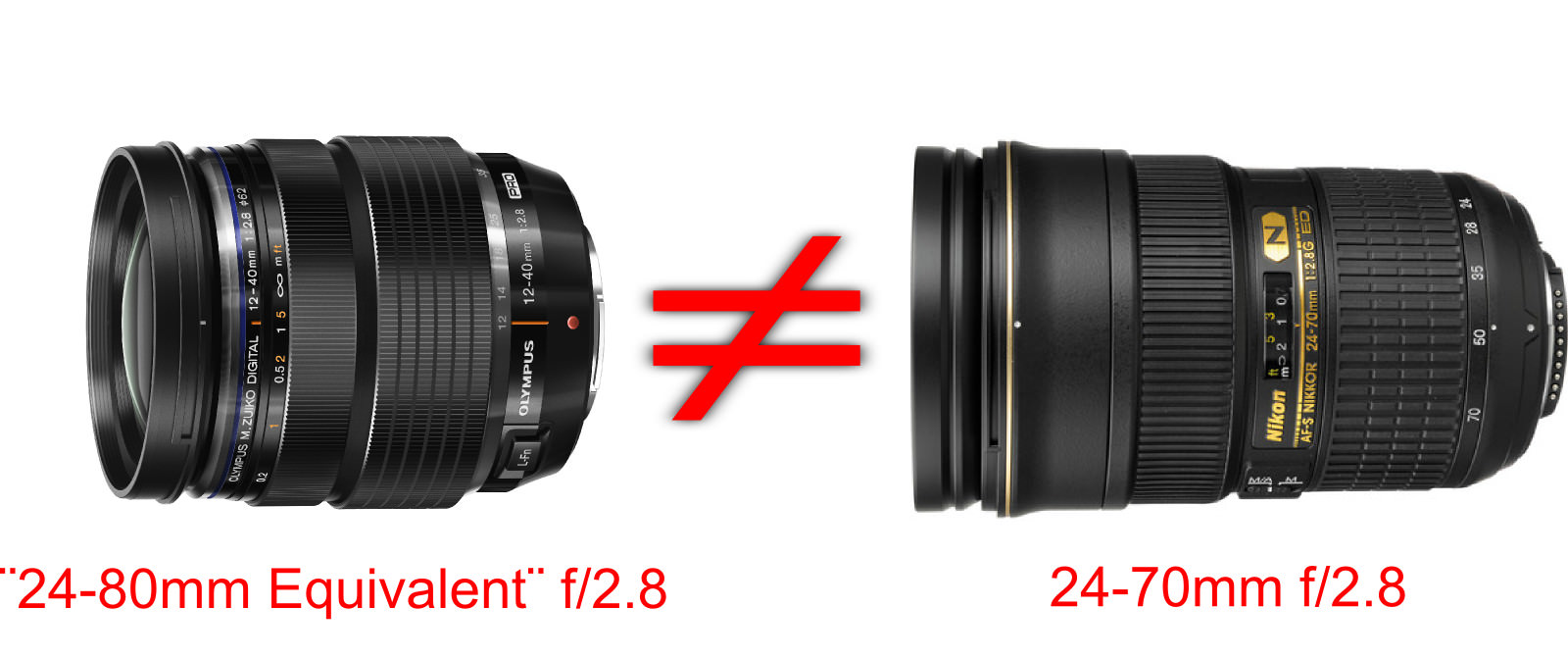If you maintain the same camera distance to your subject for the same focal length lens at the same actual aperture, then yes the effective aperture scales with the crop factor from a DoF perspective but most of the time when framing a scene with a full frame vs crop camera (including as you say cropping in post) you either change position relative to the subject to frame the scene appropriately or change lens focal length to frame the scene appropriately.
IOW, it gets tricky in the real world as full frame vs crop aren't the only variables. If you fix all but one, say shoot from the same subject distance with one focal length and aperture and only vary the crop factor you can come to one set of conclusions but if you take into account that to frame a given scene or achieve a certain main subject size in the frame with the full frame vs crop camera then focal length or working distance or both typically change and you can reach different conclusions as to the impact of cropping.
So in a general way, if you stay in the same position and shoot with the same lens at the same aperture and switch to a crop (crop camera, in-camera crop or cropping in post) you'll frame a different scene and have a different main subject size in the frame with the cropping but DoF will decrease with cropping. But if you stay in the same position and change focal length to frame the same scene and maintain the same main subject size in the fame and keep the aperture the same the DoF will increase with the crop. Then add the variable of changing shooting position (working distance to main subject) and it gets even harder to figure out the DoF impact of cropping and of course as per your previous thread the perspective will change.
If you play with these things in an online DoF calculator like this it's easy to see there's no simple answer as it depends a lot on how a given photographer will actually work and what they're trying to achieve:
https://www.photopills.com/calculators/dof






